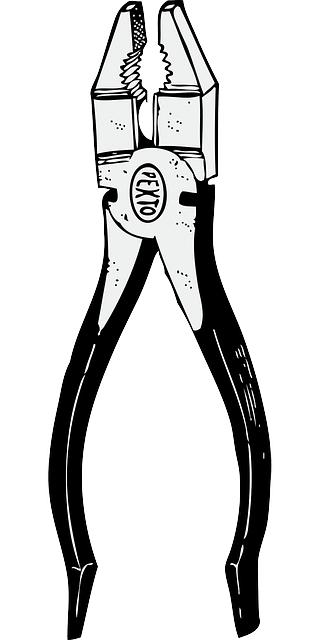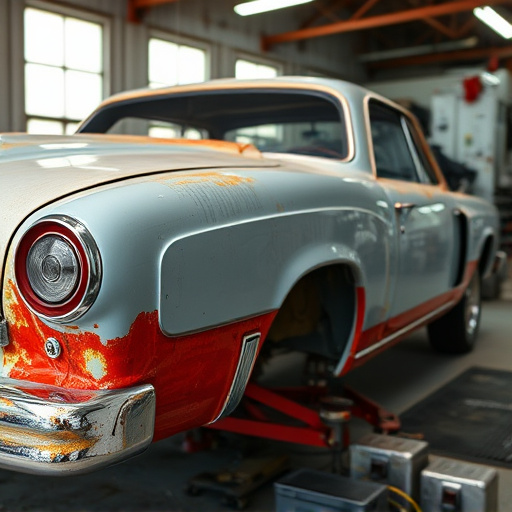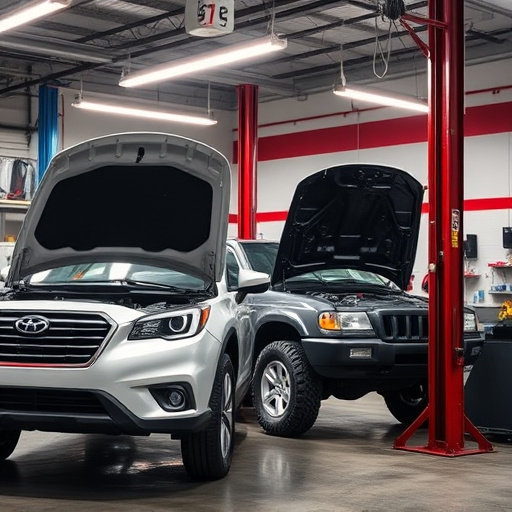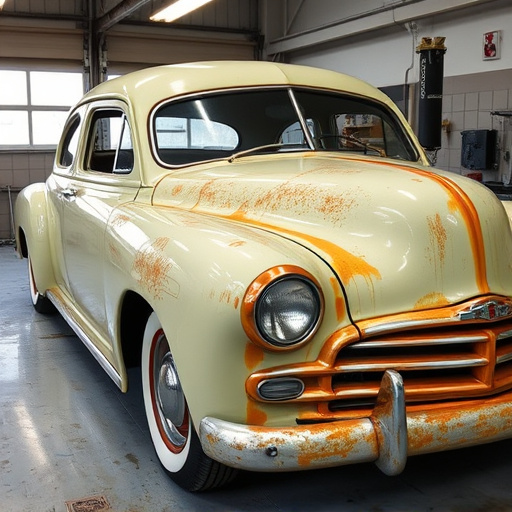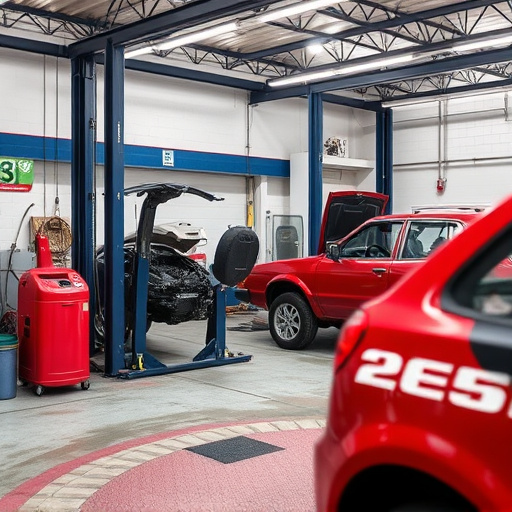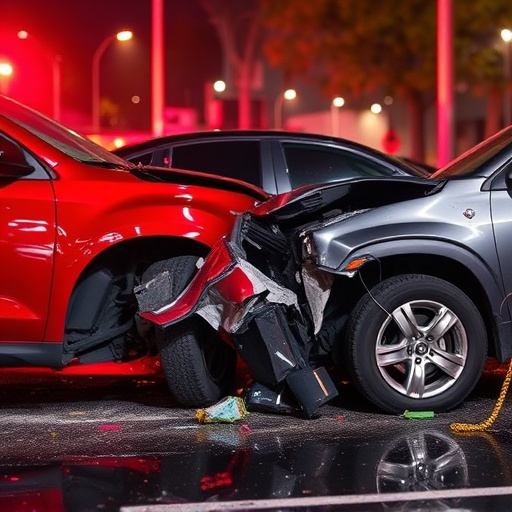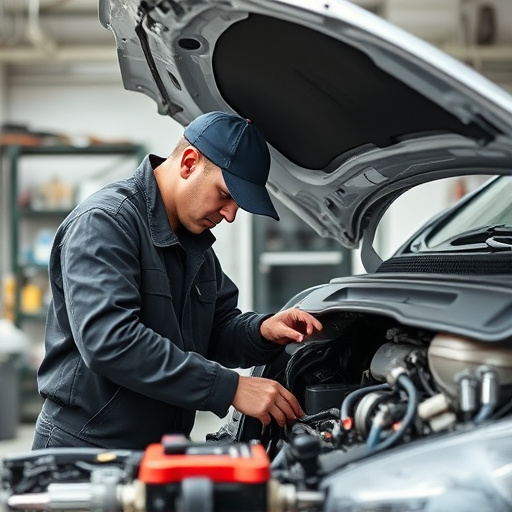Effective documentation in repair quality inspections is vital for consistent high-quality outcomes, serving as references for future comparisons and improvements. Proper training programs and structured content updates ensure competent inspectors, enhancing service quality from routine maintenance to classic car restorations. Post-inspection follow-up and customer feedback are crucial for promptly addressing concerns, building trust, and integrating valuable insights into industry best practices.
In the realm of repair quality inspection, meticulous attention to detail is paramount. Yet, many organizations overlook critical aspects that can significantly impact overall efficiency and effectiveness. This article delves into the most overlooked areas within repair quality inspection processes, including documentation and record-keeping practices, inspector training and certification, and post-inspection follow-up mechanisms. By addressing these key elements, businesses can enhance their inspection rigor and ensure superior repair quality.
- Documentation and Record Keeping Practices
- Training and Certification of Inspectors
- Post-Inspection Follow-Up and Feedback Mechanisms
Documentation and Record Keeping Practices
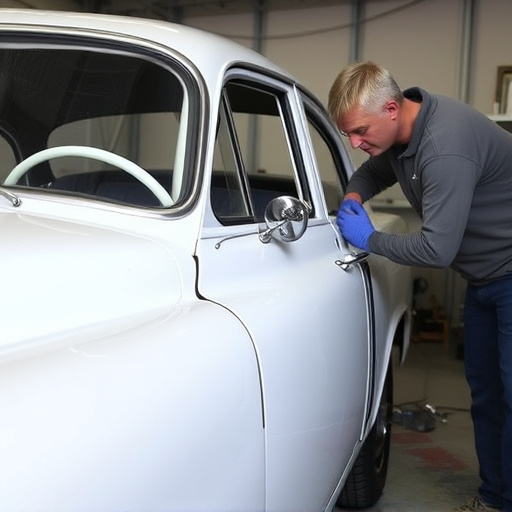
Inadequate documentation and record keeping practices are often overlooked aspects during repair quality inspection processes, yet they play a pivotal role in ensuring consistent and high-quality outcomes. Effective record keeping involves meticulously documenting each step of the repair process, from initial assessment to final touch-ups. This includes detailed notes on damage, parts used, techniques employed, and time taken for various tasks. Such records serve as valuable reference materials for future inspections, enabling quick comparisons and identifying trends or areas that consistently require improvement.
For collision centers handling car dent removal, proper documentation goes beyond meeting regulatory requirements. It facilitates the tracking of individual vehicle histories, allowing technicians to tailor their approach based on past repairs. This level of customization contributes to superior repair quality, ensuring each vehicle receives treatment specific to its unique needs and aesthetics. By implementing robust documentation and record keeping practices, collision centers can enhance overall repair quality inspection processes, ultimately satisfying customer expectations and fostering a reputation for excellence in car dent removal services.
Training and Certification of Inspectors
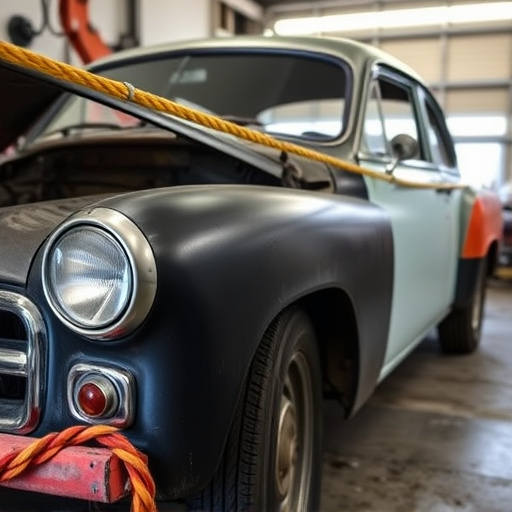
The effectiveness of any repair quality inspection process heavily relies on the training and certification of its inspectors. In the realm of auto repair services, where precision is key, untrained or improperly certified personnel can significantly overlook critical aspects, leading to subpar results. This is especially pertinent in classic car restoration, where every detail matters. Therefore, a comprehensive training program that covers not just technical skills but also industry standards and best practices is indispensable.
Inspectors should be equipped with knowledge spanning various auto repair specialties, including fender repair, body panel alignment, and paint job quality. Regular recertification programs can help maintain the skills and keep up with evolving technologies in the industry. By prioritizing thorough training and certification, repair facilities can ensure that their inspection processes are robust, minimizing errors and delivering superior quality in every service rendered, whether it’s for regular maintenance or complex classic car restoration projects.
Post-Inspection Follow-Up and Feedback Mechanisms
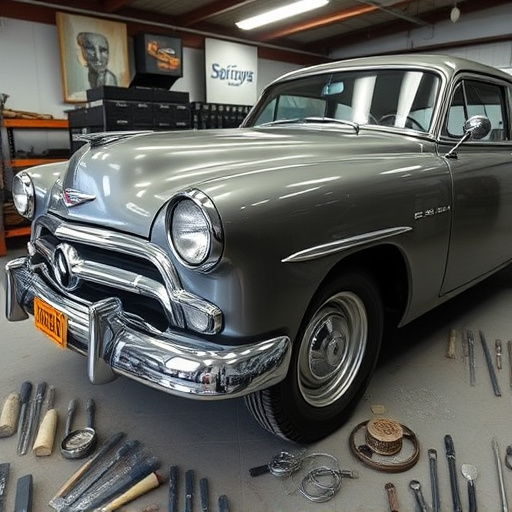
Post-inspection follow-up is a critical yet often overlooked aspect of comprehensive repair quality inspection processes. It involves ensuring that any identified issues are addressed promptly and effectively, enhancing customer satisfaction and vehicle safety. A robust follow-up mechanism can take various forms, such as phone calls, emails, or even in-person visits to the collision center or vehicle body shop. This step is vital for building trust with clients, as it demonstrates a commitment to delivering top-notch service.
Effective feedback mechanisms play a pivotal role in refining repair quality inspection protocols. By encouraging customers to share their experiences—positive or negative—businesses can pinpoint areas that require improvement. Whether it’s a minor discrepancy in bumper repair or a concern about the overall vehicle body shop experience, feedback offers valuable insights. Incorporating this data into inspection processes fosters continuous improvement, ensuring that the collision center maintains high standards and keeps up with industry best practices.
In enhancing repair quality inspection processes, it’s crucial to focus on overlooked areas such as robust documentation and record keeping, ensuring inspectors receive adequate training and certification, and implementing effective post-inspection follow-up with feedback mechanisms. By addressing these key aspects, businesses can elevate their inspection standards, fostering greater transparency, accountability, and customer satisfaction in the repair industry. This holistic approach to repair quality inspection is essential for maintaining high work environments and building trust among clients.
